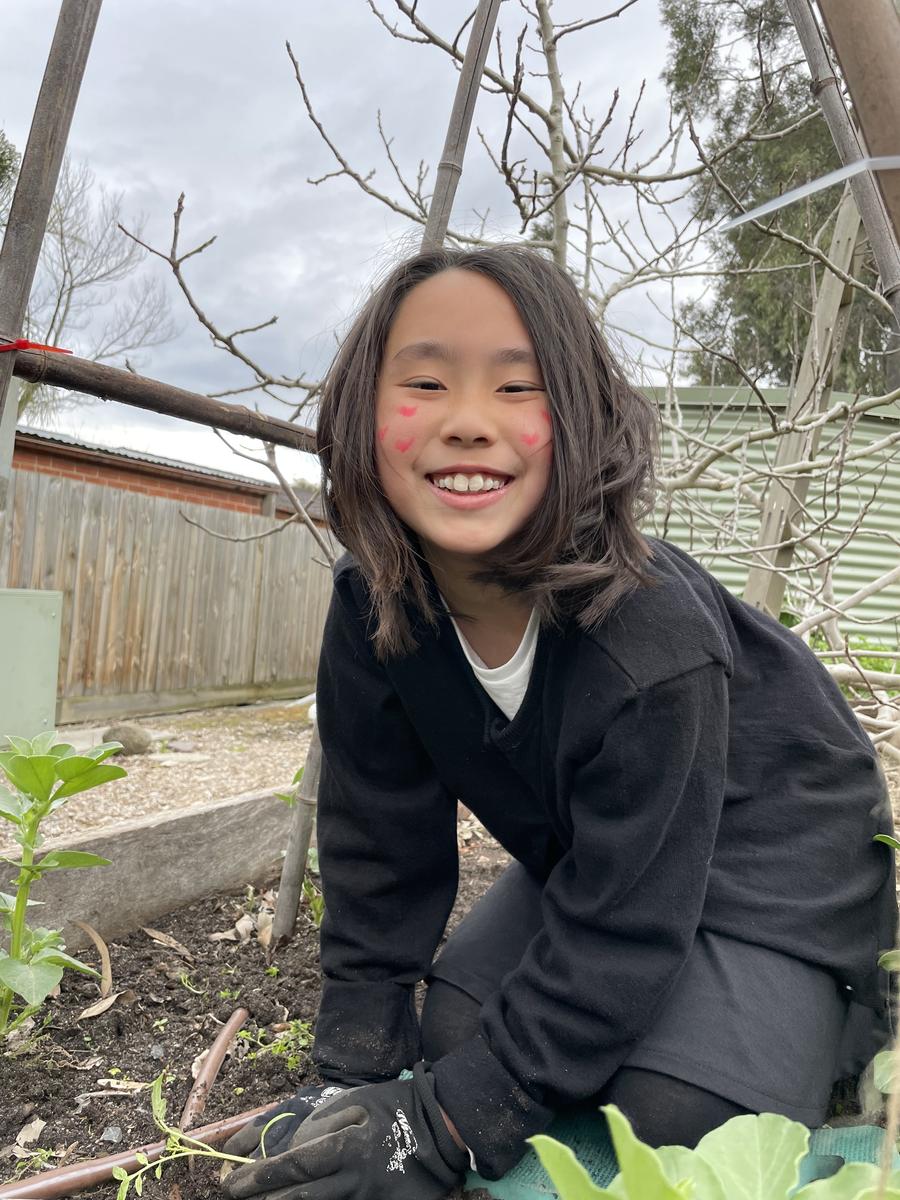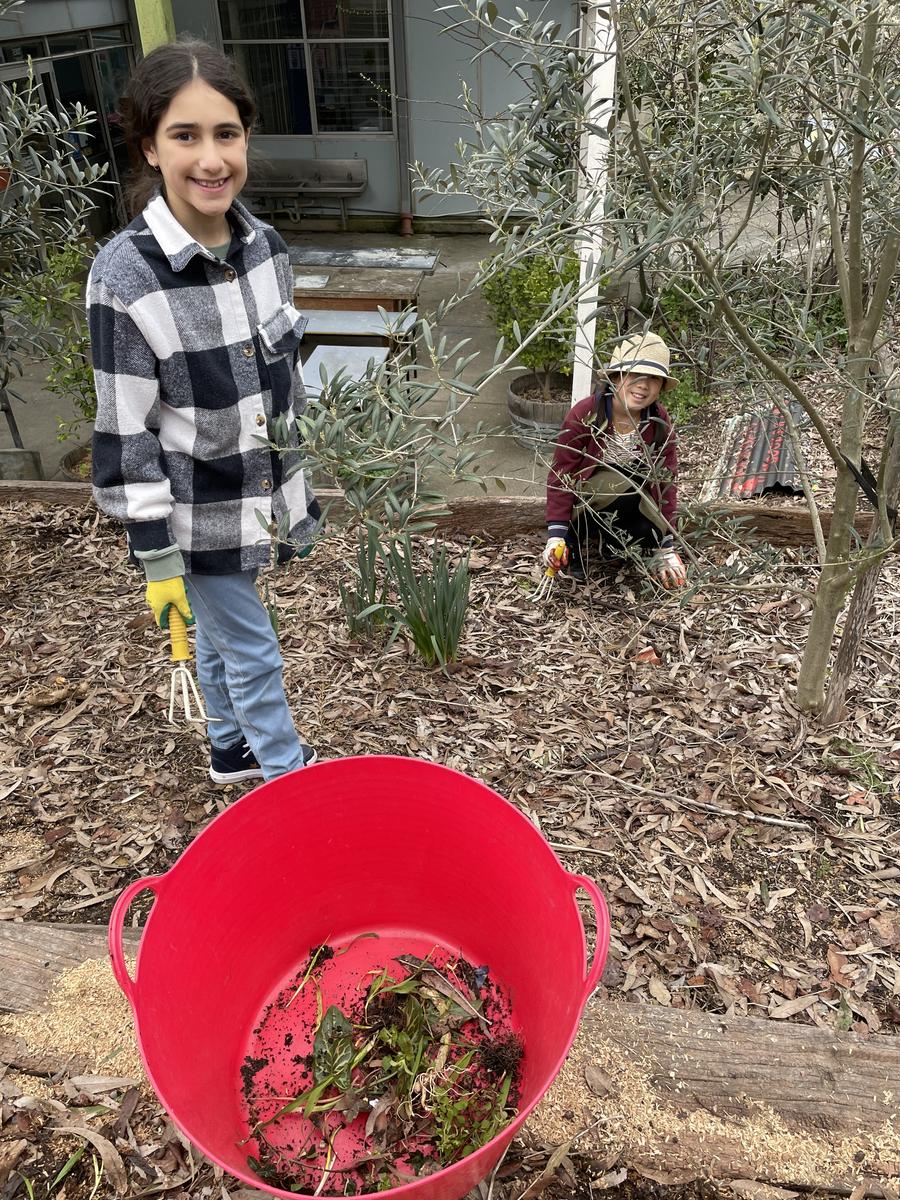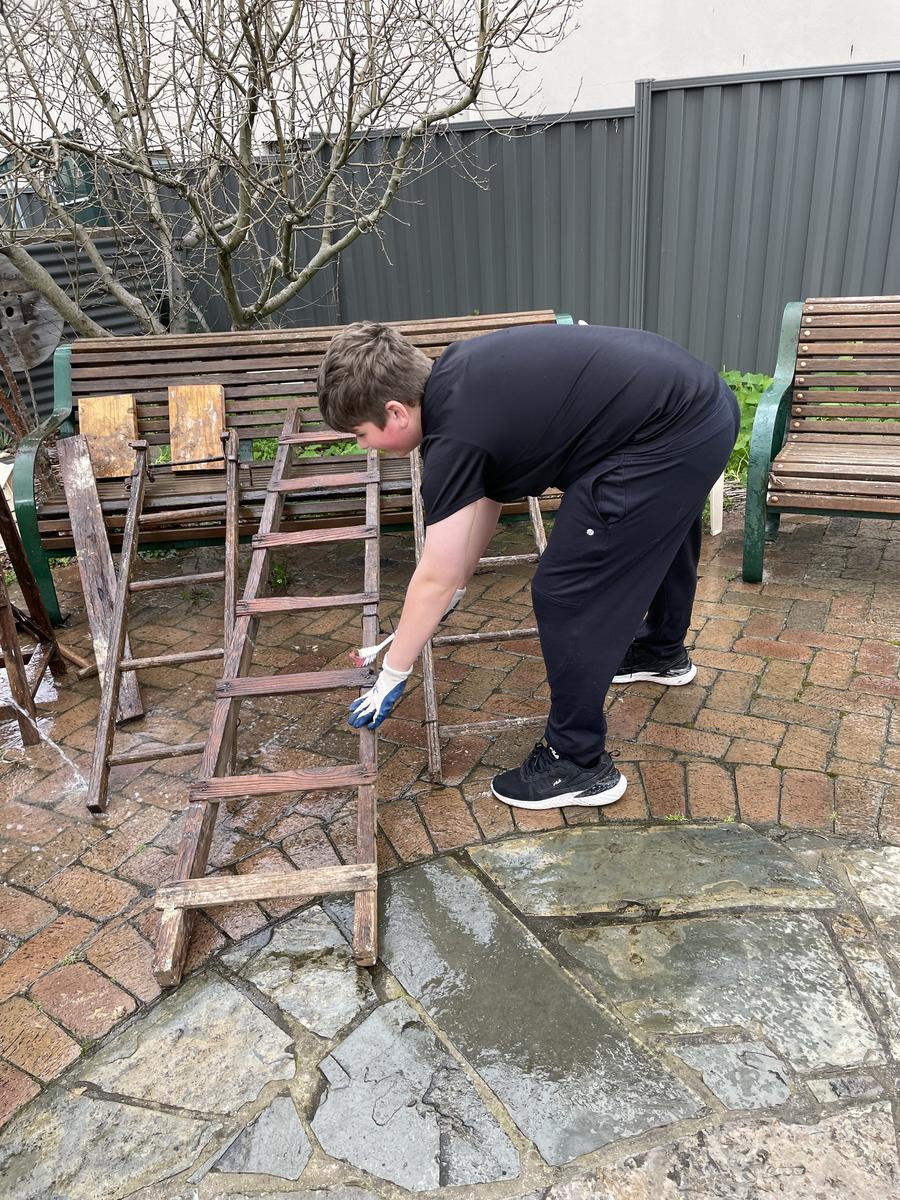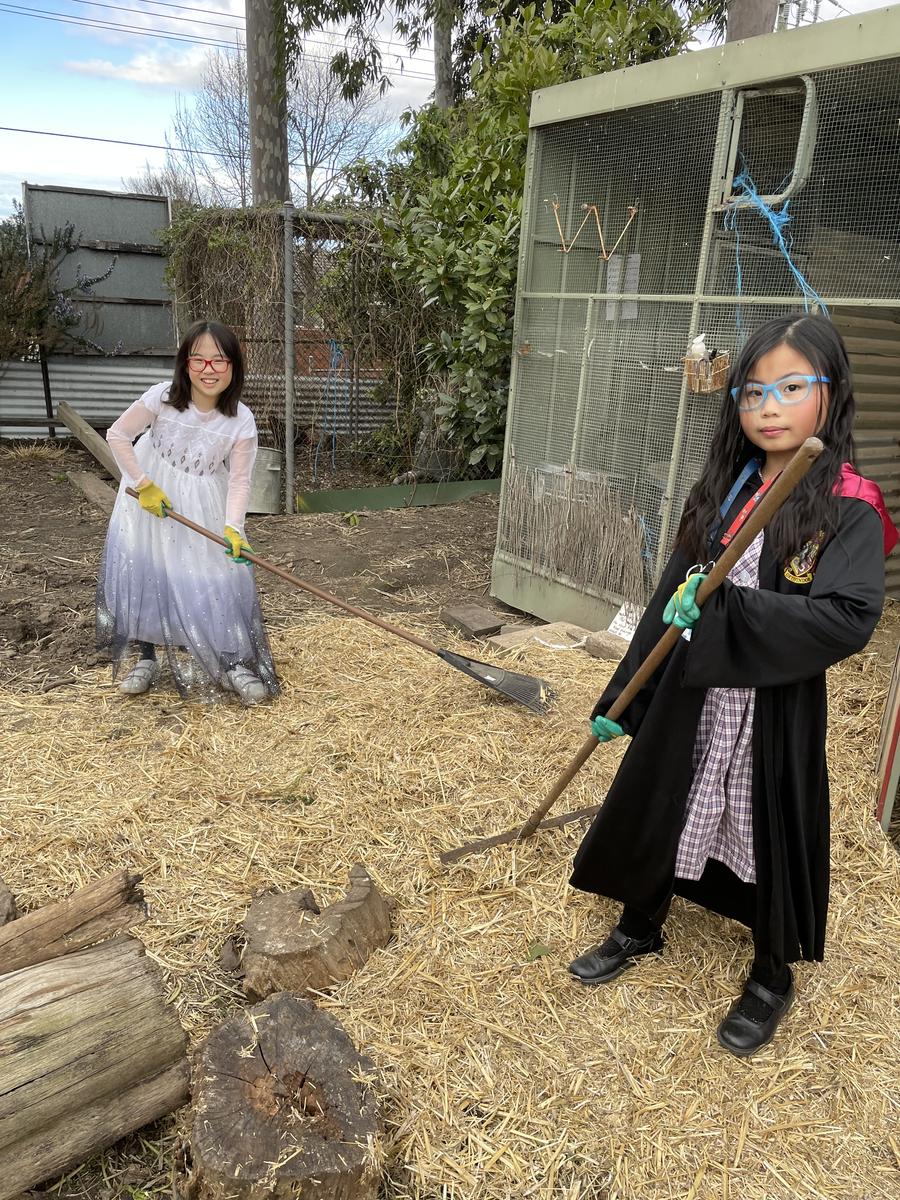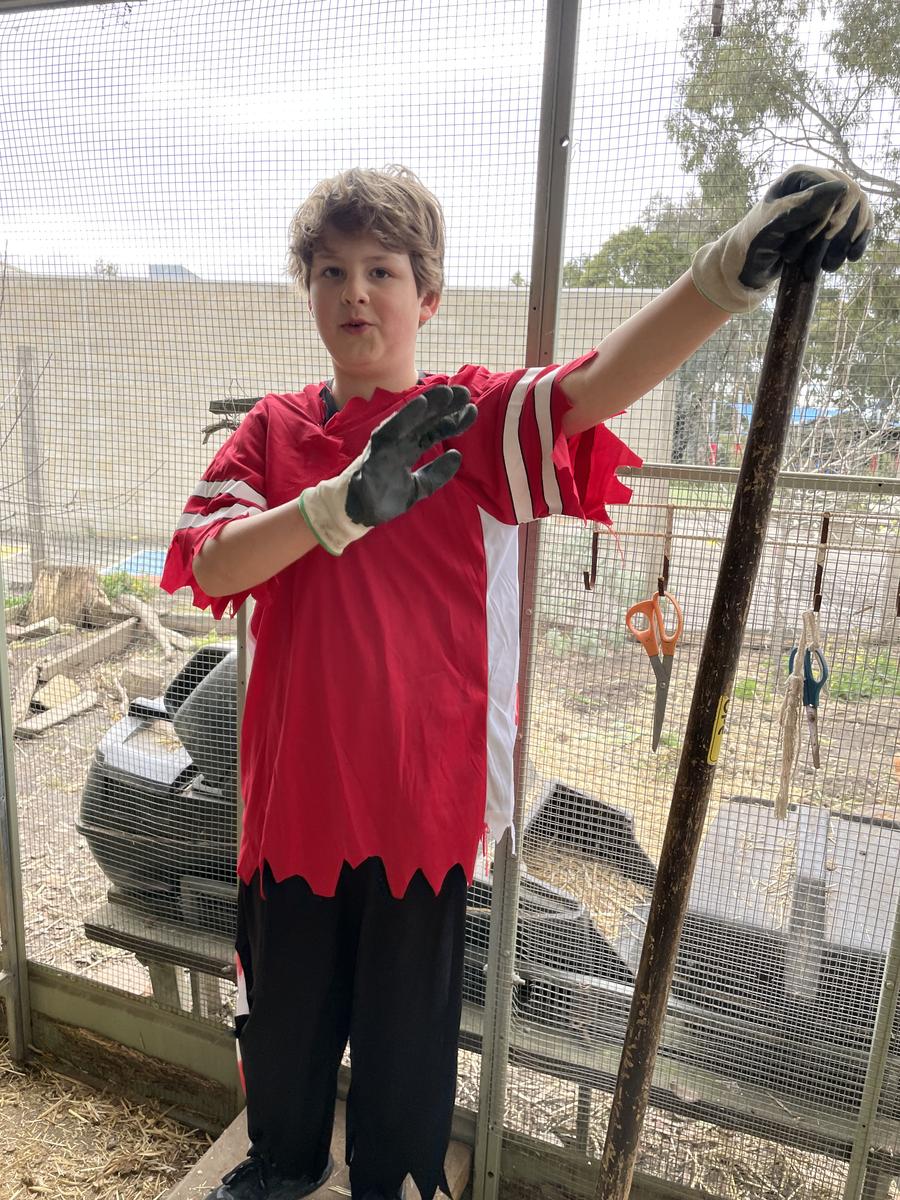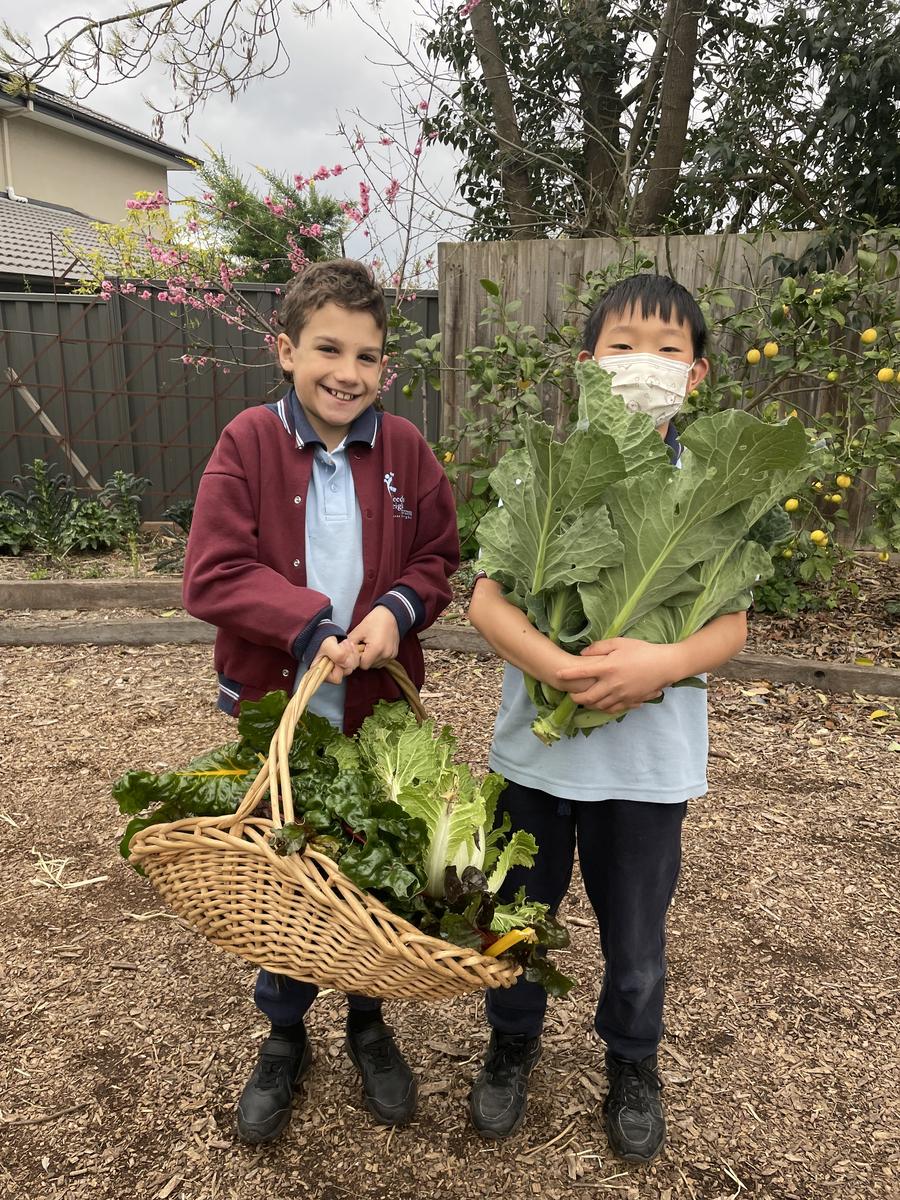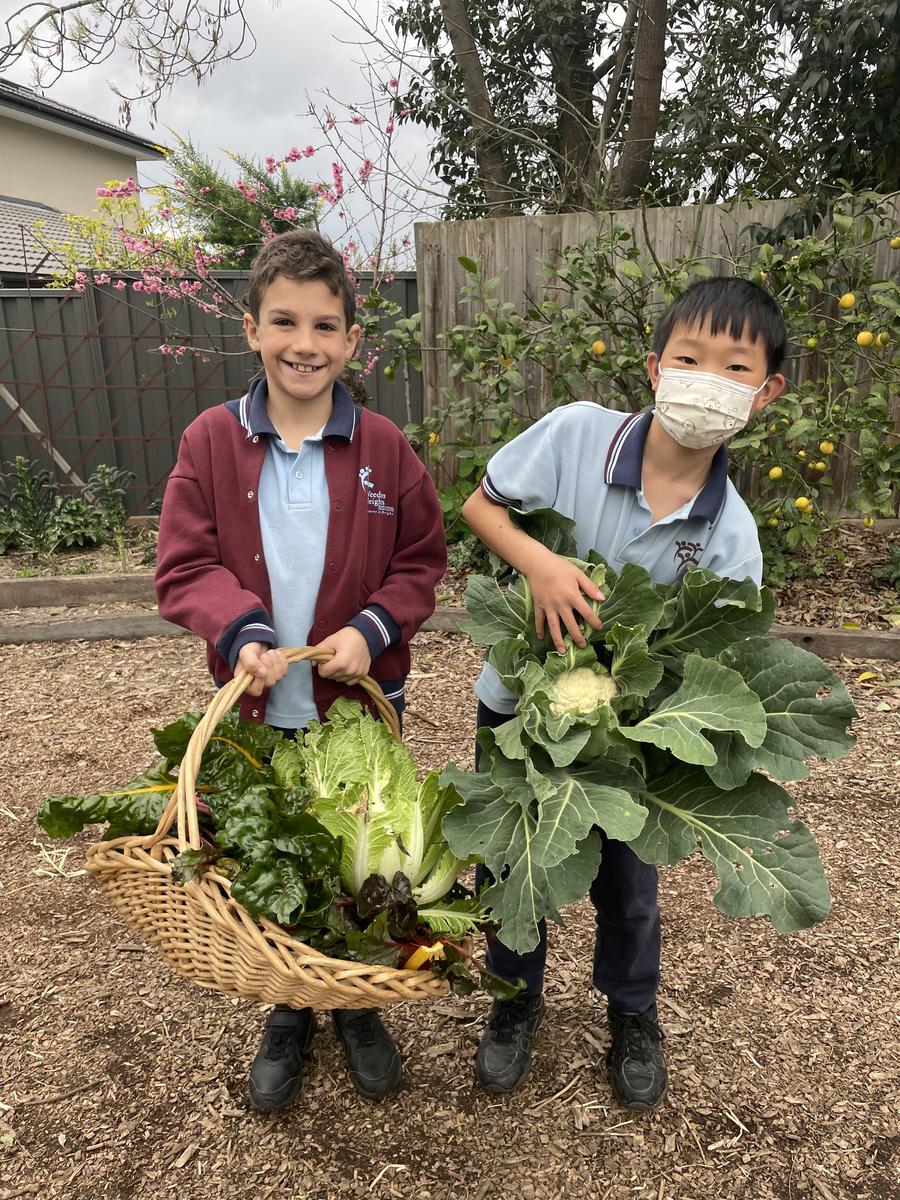SAKG
More pasta fun
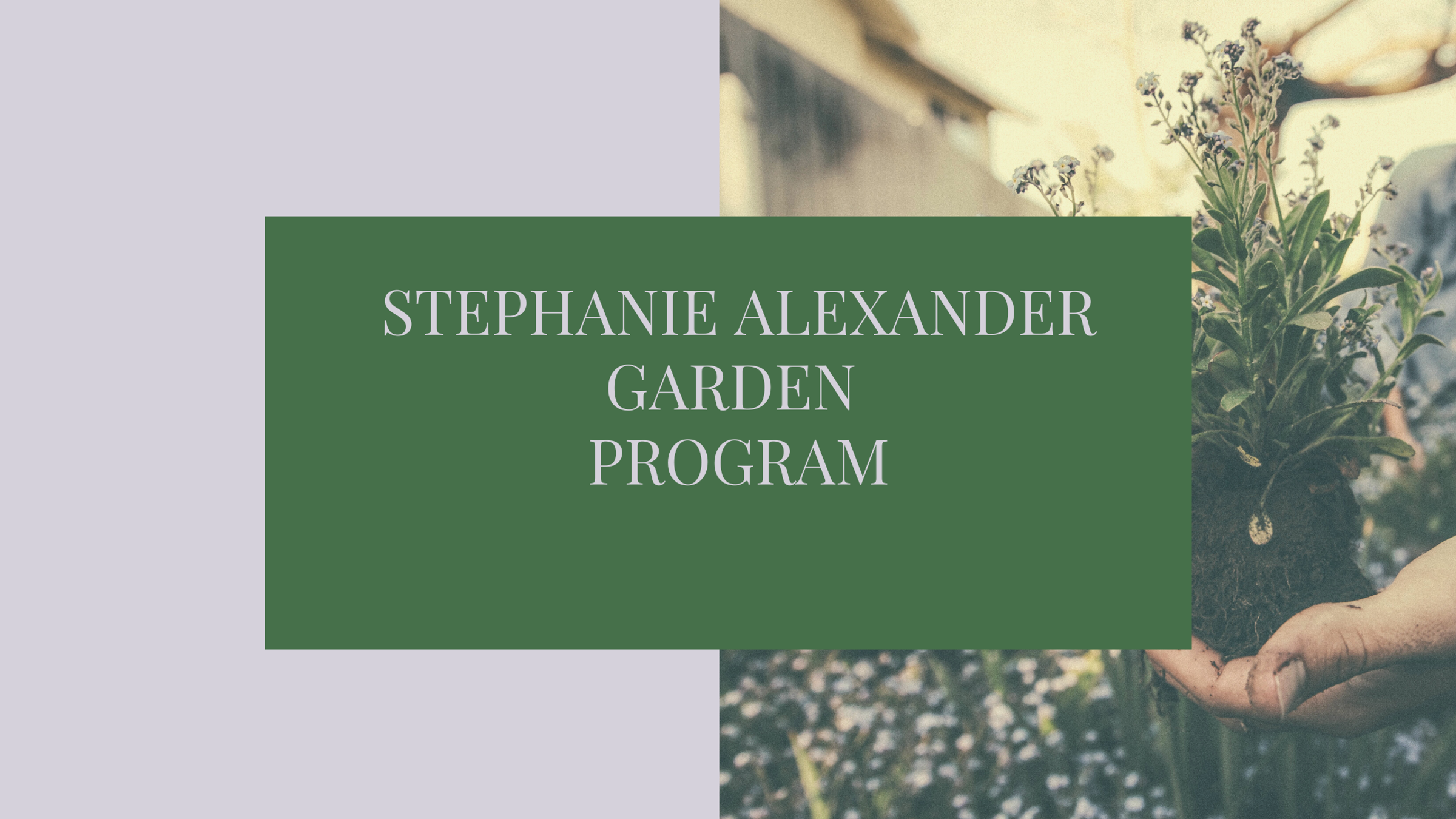
SAKG
More pasta fun
Continuing on our pasta theme this term, this week we made a fresh, eggless pasta known as trofie. Born from the Italian "Cucina Povera", which literally translates as "poor kitchen" this is a quick and easy pasta style made from flour and water. That's it! Historically, chickens and eggs were a luxury item, particularly in the rocky, mountainous area of Abruzzo and surrounds parts of Italy, but people still enjoyed their pasta, so improvised, necessity being the mother of most inventions. Egg in pasta dough adds softness and a smooth, velvety mouth feel, but trofie pasta has it's own merit with a pleasant denseness to the texture.
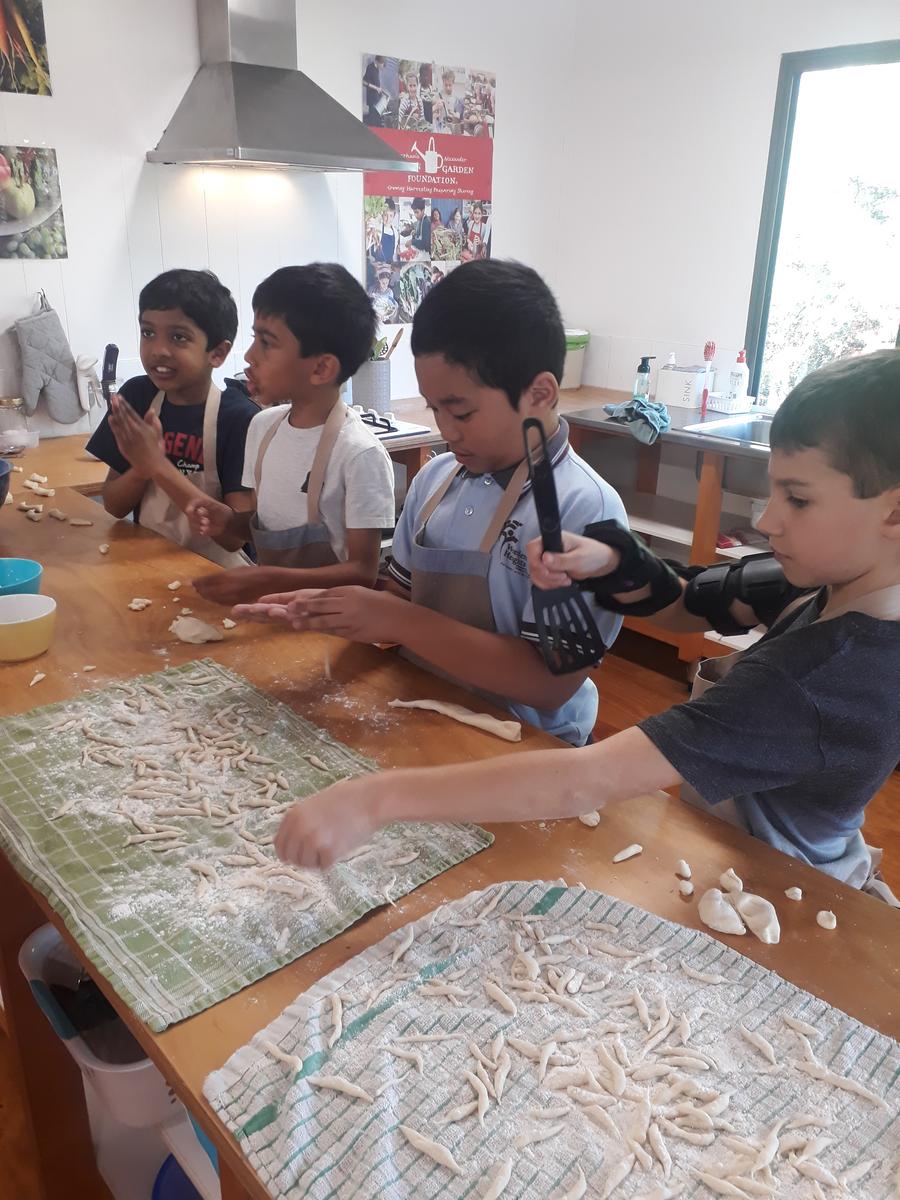

It was very rewarding to listen to the students' observations and thoughts about this pasta as it dawned on them that the same ingredients are used in basic damper dough. Interesting and thoughtful discussions were held about the role of ratios, heat and technique on the ingredients, creating vastly different outcomes. An impromptu science lesson instigated by the children, in a context where it was meaningful and relevant. Just one of the reasons I love teaching in a Kitchen Garden program - students learning so naturally!
No pasta machine is required for trofie. Hopefully you can give it a go on the weekend or in the next holiday break. Hand rolling these little noodles is quite meditative and calming.
Ingredients
2 1/2 Cups All-purpose Flour
1 Teaspoon Sea Salt
3/4 – 1 Cup Water
What to do
Many thanks to Sharon and Ben Black for generously sourcing materials and problem solving a way to cover the leaky roof of our garden shed, it is very much appreciated.
Big thanks also to our wonderful volunteers in the kitchen and garden program. If you are available on a Monday to come along to either (or both!) of these sessions, we are always very happy to welcome volunteers. You do not need to have any special skills or knowledge and the students are always so proud to have their parent, grandparent or special person working with them at school.
